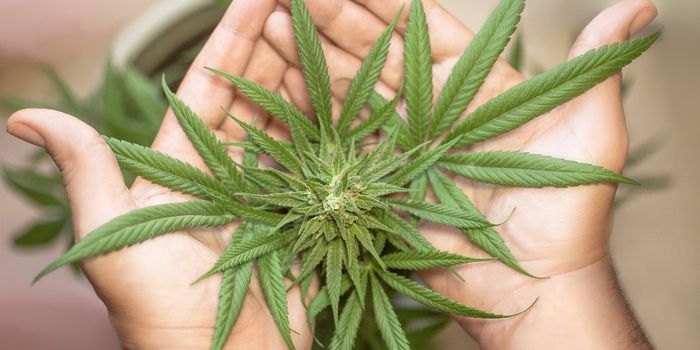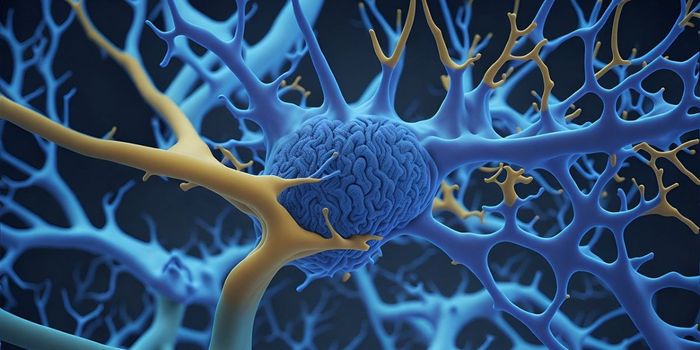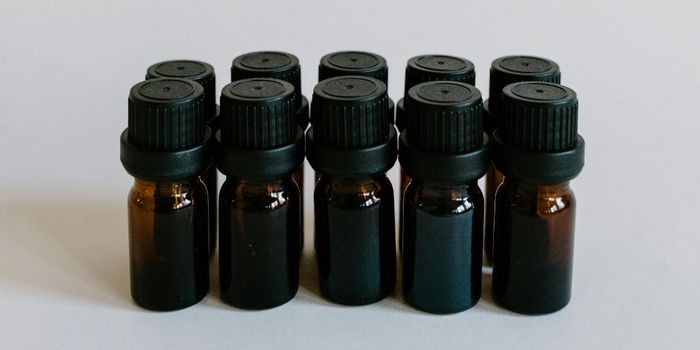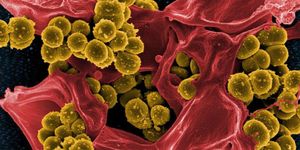Research on Cannabis Patches and Topical Lotions to Manage Symptoms of Parkinson's Disease

Transdermal patches and topical creams contain tetrahydrocannabinol (THC), cannabidiol (CBD), and many other cannabinoids. Some patches may contain a ratio of CBD to THC, some are solely THC-based, and others contain only CBD. Most research indicates that these creams and patches produce little to no psychoactive effects of THC. Topical creams are applied to the irritated skin, and the cannabinoids are absorbed into the epidermis. A transdermal patch releases cannabinoid compounds down through the dermis before they enter the bloodstream. Patch design ensures that cannabinoids are steadily released over time rather than all at once. Some patches feature extended release THC and/or CBD over 12-72 hours which promotes more precise and consistent dosing practices.
The patches and lotions can be used on their own or with other forms of cannabis products. Some patients use a patch as the primary, or only mode of drug delivery, while others supplement this regimen with additional doses of cannabis through ingestion, inhalation, or by smoking cannabis products. For example, a patient with fibromyalgia might use a patch to alleviate chronic symptoms and supplement with a tincture for acute pain. Cannabis lotions are effective at reducing redness and irritation caused by eczema or psoriasis, but some patients might opt for a patch to ease their ongoing general discomfort. A medical cannabis doctor can advise individual patients about supplementary forms of consumption (edibles, tincture drops, vaping, etc.) when wearing a patch.
Patches and topical creams can optimize cannabinoid intake. Studies have shown that transdermal and topical methods improve bioavailability. Consumption through the skin is more efficient since patches and creams help avoid first pass metabolism. This step happens when the concentration of cannabis is metabolized (via the respiratory system if smoked and gastrointestinal system if ingested) before the cannabinoids circulate throughout the whole human system.
Although these topical cannabis options only comprise 5% of the current sales market, cannabis consumer experts predict that this sector will grow exponentially within the next five to ten years. Research on dosage and different routes of transdermal and topical cannabis delivery will be needed in order to develop effective treatments for Parkinson’s disease, eczema, fibromyalgia and many other disorders.
Sources: Inside Science, NCBI, Parkinson's News Today








